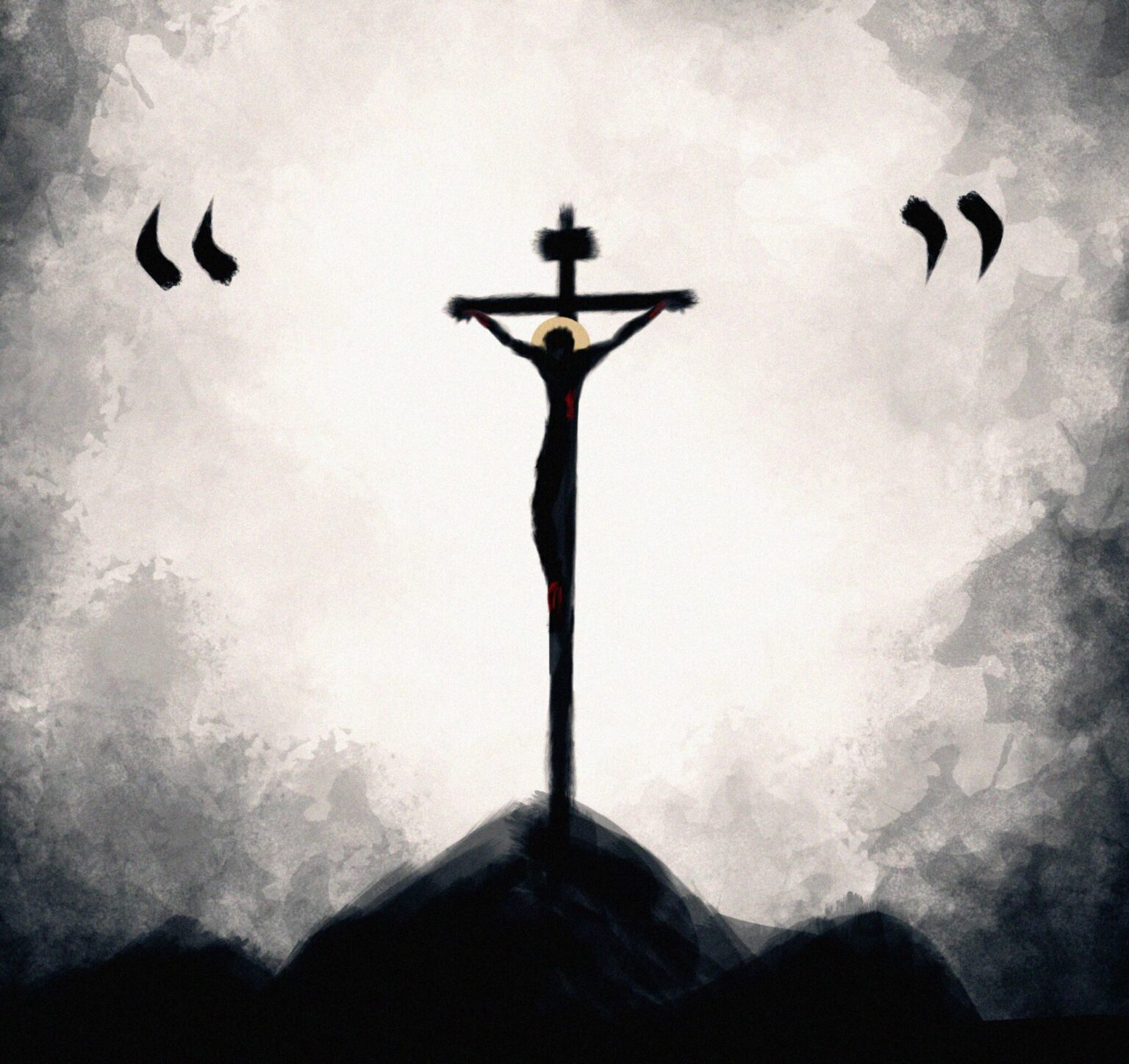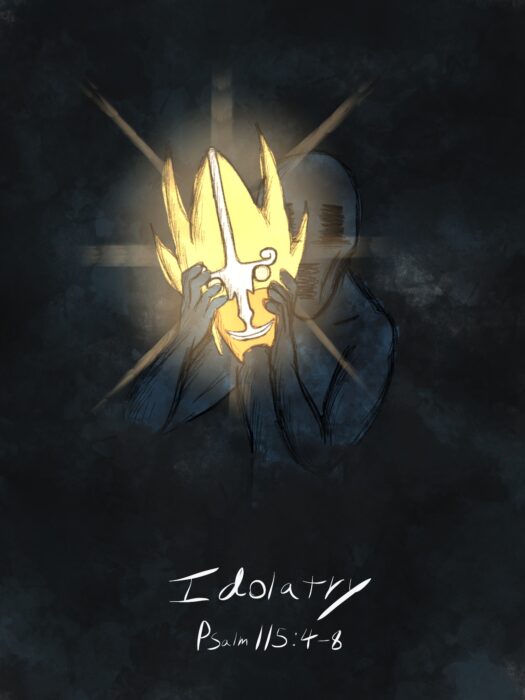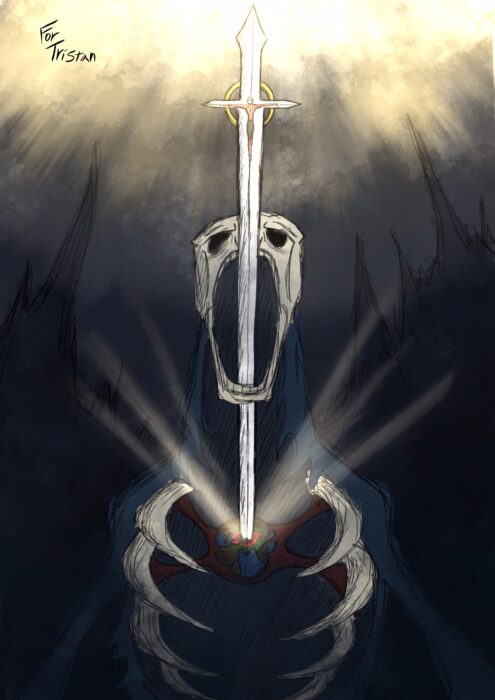“One thing I have asked of the LORD, and that will I seek after: that I may dwell in the house of the LORD all the days of my life, to gaze upon the beauty of the Lord and to inquire in His temple.”
– Psalm 27:4
The Four Spheres of Beauty
For Edwards, Beauty is a relational concept based – most fundamentally – on “consent.” Greater consent between things (whether colors, shapes, concepts, feelings, truths, sound waves, etc.) yields greater beauty. In the third post of this seven post series, we looked at Complex Beauty, which is the sort of beauty that arises from a pattern and may necessitate “deformities” at a lower level in order for beauty to be fulfilled at the higher. And then, last week we looked at the concept of Spiritual Beauty. Spiritual Beauty is the beauty of personal beings (spirits) and is – like Simple and Complex Beauty – derived from consent. However, consent among persons is love, thus, on the personal/spiritual level (which is the deeper and “most real” level), beauty resolves into love.
However, whether we are looking at the Simple Beauty of two spheres, the Complex Beauty of a forest or symphony, or the Spiritual Beauty of self-sacrificing love, ALL instances of Beauty must be tested to see if they consent with Ultimate Beauty. Just as a two consenting circles would be exposed as an instance of disfigurement if they were found in a pattern of squares, so too any “Beauty” that does not consent with Ultimate Beauty is proven – in the end – to be a disfigurement. If anything – no matter how “disfigured” – consents with Ultimate Beauty, it is beautiful. And if anything – no matter how “beautiful” – dissents with Ultimate Beauty, it is disfigured.
Ultimate Beauty
Remember that Beauty is defined by “being’s consent to being in general.” That is just Edwards’s fancy way of saying, “one thing’s agreement to the greatest overarching reality possible.” So, the more something (or someone) consents with the deepest and truest reality, the more beautiful it is.[1] However, when we apply this thinking to God, we discover something interesting. There is nothing deeper or more true than God to which He can consent or conform. He simply IS.
Therefore, for God to consent to the deepest and truest reality (that is, for God to be beautiful), is just another way of saying that God consents to Himself. God’s love for God IS His beauty. And not only is God’s love for God the beauty of God, but it is the ultimate and defining pattern for ALL beauty.
And what is God’s love for God? It is His Intertrinitarian life. God the Father pouring Himself out in love to the Son, and God the Son pouring Himself out in love to the Father, and God Himself poured out in love as the Spirit – THIS is God’s consent to being in general, this is the beauty of God. In fact, it could truly be said that the Triune God Himself is consent to being in general. GOD – His internal “Trinitarian Fullness”[2] – is Beauty.
Triune Life of God is Ultimate Beauty, and it is therefore the supreme “pattern” by which all other beauties must be tested. So what does it mean for something (or someone) to be truly beautiful? Another way of asking the same question is, what does it mean for something (or someone) to conform to the Triune life of God? The answers to that question are (literally) infinite. However, suffice to say that anything that exalts God in Christ, enjoys God in Christ, communicates, values, treasures, obeys, reveres, pursues, displays, magnifies God in Christ is beautiful (even if it is “disfigured,” like a man on a cross). And anything that belittles, ignores, obscures, diminishes, disobeys, denies, mocks, opposes God in Christ is disfigured (even if it is “beautiful,” like self-sacrificing love…between adulterers).
Morality is Aesthetics
Because the Trinitarian love of God for God is Ultimate Beauty and the definer of all Beauty, morality resolves into aesthetics. What I mean by this is that Beauty – rightly defined – is always and only holy, such that God will never condemn anything truly beautiful. Conversely, disfigurement – again, rightly defined – is always and only unholy, such that all true disfigurement will be condemned.
One final implication for Edwards’s understanding of Ultimate Beauty is that one of the most important things about us what we call “Beautiful.” Have we yet recognized God Himself – Father, Son and Spirit – as communicated to us chiefly in the gospel of Christ, have we recognized Him as the supreme beauty of reality? Have we tasted and seen that God is beautiful? Has our heart been kindled to living flames of love and adoration for the beauty of God in Christ? Are all “beauties” filtered through this singular lens of the Trinitarian God? What we have called most beautiful in this world will either vindicate or condemn our souls on the Last Day.
A Prayer
May the Lord give us eyes to see the zenith and definition of Beauty as His own love to Himself within the Trinity, and may we see that love manifested most clearly at the cross, and may this vision of beauty so captivate our minds and hearts that we are conformed to it, from one degree of beauty to the next (2 Cor.3:18)…so that we would be holy as He is holy.
[1] Notice that another way of saying this is, the more true a thing is – in that it consents with the deepest and highest nature of reality – the more beautiful it is. Therefore what is true must ultimately be beautiful and what is beautiful must ultimately be true. When all is said and done (and it’s important to note that this viewpoint is eschatological), when all is said and done, everything true will also be beautiful, and everything beautiful will also be true.
[2] Joe Rigney, “The Whole Earth Is Full of His Glory Seminar,” Spring 2013, seminar notes.




